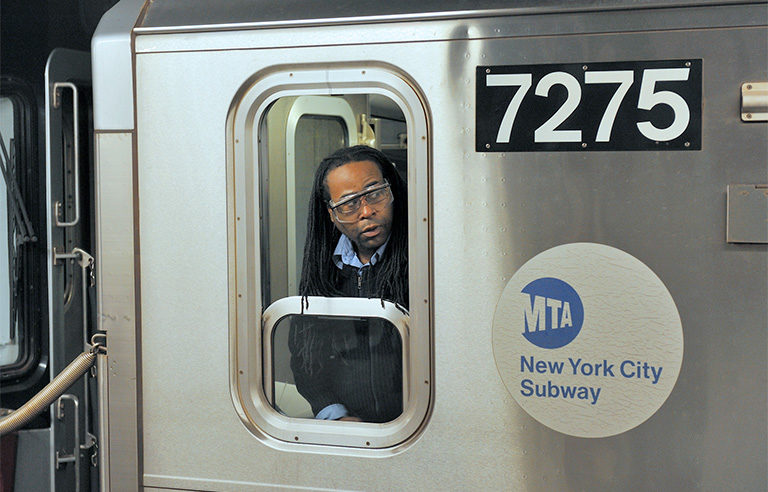Should transit workers have standards for hours of service and fatigue?

Washington — Citing high-profile transit incidents in which worker fatigue played a role, the Federal Transit Administration is considering minimum standards for hours of service and fatigue risk management programs for the industry.
In an advance notice of proposed rulemaking published Oct. 30, FTA notes that public transit is the only mode of transportation without these measures.
The agency doesn’t offer specific proposals for HOS or fatigue risk management programs, but it asks for public input on each issue.
The notice details HOS and fatigue risk management program recommendations from the National Transportation Safety Board and FTA’s Transit Advisory Committee for Safety. Additionally, it includes information on American Public Transportation Association consensus standards and other relevant federal regulations.
APTA’s consensus standard for train operator HOS is 12 hours, with a “maximum duty day” of 16 hours. It also includes a minimum off-duty time of 10 hours and a max of seven consecutive workdays.
The deadline to comment is Dec. 29.
Post a comment to this article
Safety+Health welcomes comments that promote respectful dialogue. Please stay on topic. Comments that contain personal attacks, profanity or abusive language – or those aggressively promoting products or services – will be removed. We reserve the right to determine which comments violate our comment policy. (Anonymous comments are welcome; merely skip the “name” field in the comment box. An email address is required but will not be included with your comment.)

